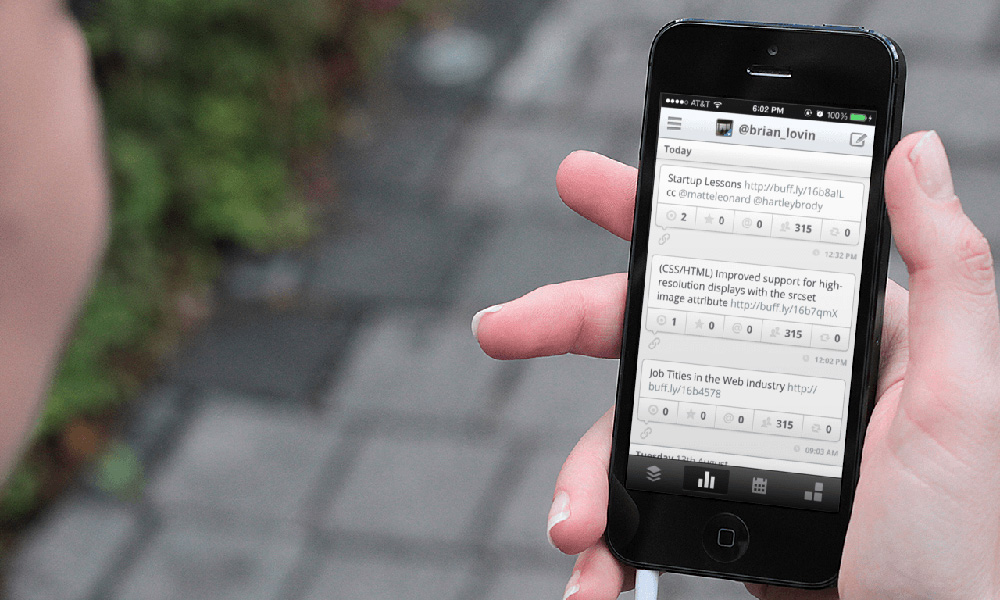
Buffer’s Bounce-Back: Lessons From a Crisis Solved Smoothly
If you're a fan of the low-friction social scheduling app, you might have noticed a couple of spammy updates in your Buffer recently—updates you didn't add yourself. But the company's crisis response is one you can learn from.
If you’re a fan of the low-friction social scheduling app Buffer, you might have noticed a couple of spammy updates recently that you didn’t add yourself. But the company’s crisis response is one you can learn from.
Despite hoping your Saturday would be headache-free this past weekend, there’s a chance an incident involving a popular social media tool kept you busy.
Buffer, which allows users and teams to schedule and manage multiple accounts from a single interface, had a security breach that affected thousands of users and threw out a variety of spammy updates to the public.
But it was the company’s reaction to what could have been a disaster that makes this story worth looking at. More details:
What happened? Saturday afternoon, social media accounts connected to Buffer through Facebook and Twitter started spewing out a barrage of weight-loss-related spam. And due to Buffer’s wide user base, many of those affected were companies and celebrities, TechCrunch reports. The web publication also notes that there were harbingers earlier: Users were reporting that their updates had been deleted. (Disclosure: Associations Now uses Buffer for its social media updates, though we were not hacked.)
A spot-on response: Very quickly after learning of the situation, the company’s cofounder, Joel Gascoigne, wrote an update regarding the problem and emailed all users. “I wanted to post a quick update and apologize for the awful experience we’ve caused many of you on your weekend,” he said. “Buffer was hacked around two hours ago, and many of you may have experienced spam posts sent from you via Buffer. I can only understand how angry and disappointed you must be right now.” From there, the company went to work, responding to customer complaints on social media outlets, finding the source of the problem, and then strengthening its security to ensure it wouldn’t happen again. During the entire process, the company continued to update its blog post, website, and social feeds to inform users about what they needed to do to fix the trouble.
@Jeff_Emmerson Sorry for the awful experience we caused you this weekend Jeff. @hootsuite is a great new home for you, it’s a solid product.
— Joel Gascoigne (@joelgascoigne) October 28, 2013
What associations can take from this: Even when facing extreme pressure, good customer service is key. Gascoigne’s response to a customer on Twitter (above) is a great example: He indicates that he understands a disappointed user’s decision to go with a competing product. You most likely don’t run a web app, but you may have issues with your products that could be painful if not handled correctly—from problems with email to website downtime to difficulties with conference ticketing. Even the occasional faux pas on social media can be smoothed over with the right response. You can even take things a step further, as Buffer does: Part of the reason the response was so effective is that the company relies on a “radical transparency” strategy of disclosing information on its revenue and metrics on the web, ComputerWorld states.
Obviously, crisis mode isn’t fun, but it’s sometimes where you need to be. What techniques have you used to respond to customer service crises? Let us know your thoughts in the comments.
(Buffer press photo)






Comments